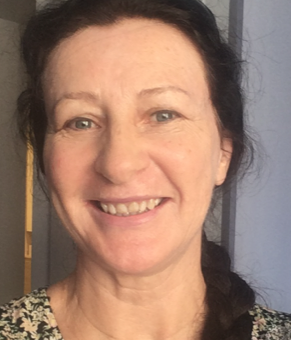A new roadmap outlines the opportunities and challenges for carbon capture, utilisation and storage (CCUS) technologies needed to reduce the concrete industry’s emissions in Australia.
The Heavy Industry Low Carbon Transition Co-operative Research Centre (HILT CRC) commissioned the document and worked on it with Adbri, the Cement Industry Federation (CIF), The University of Adelaide, Calix, and UNO Technology.
Dr Hai Yu is a principal research scientist at CSIRO and co-author of the Roadmap for Carbon Capture, Utilisation and Storage for Production of Low Emission Cement and Lime in Australia.
“CCUS is going to be absolutely critical in the cement and lime industries. Our aim with this roadmap is to move the research forward and help industry stakeholders find the best technology options for them,” he said.
Around 14 tonnes of cement are used to build a typical house in Australia and one kilometre of a freeway contains up to 2500 tonnes of cement, CSIRO stated, adding that the cement industry’s emissions are “one of the hardest to abate”.
HILT CRC engaged with industry to identify cement and lime plants that can adopt CCUS technology including a review of potential sequestration and use sites plus transport and infrastructure requirements. It was agreed that further research is required on capture technologies
The two takeaway messages, according to Dr Yu, are “deep collaboration” nationally and internationally between industry and researchers, and for companies to learn “by doing” and starting small with “a low-risk approach like a feasibility or pilot plant study”.
A summary of the roadmap is available to read while the full report is available to HILT CRC partners and members of the CIF.
Image source: HILT CRC


